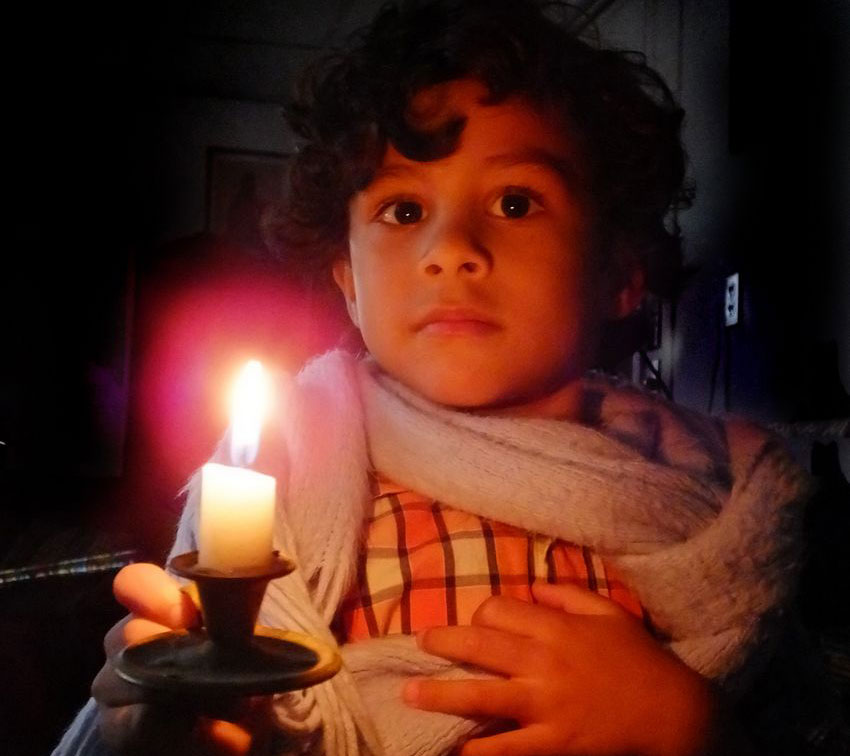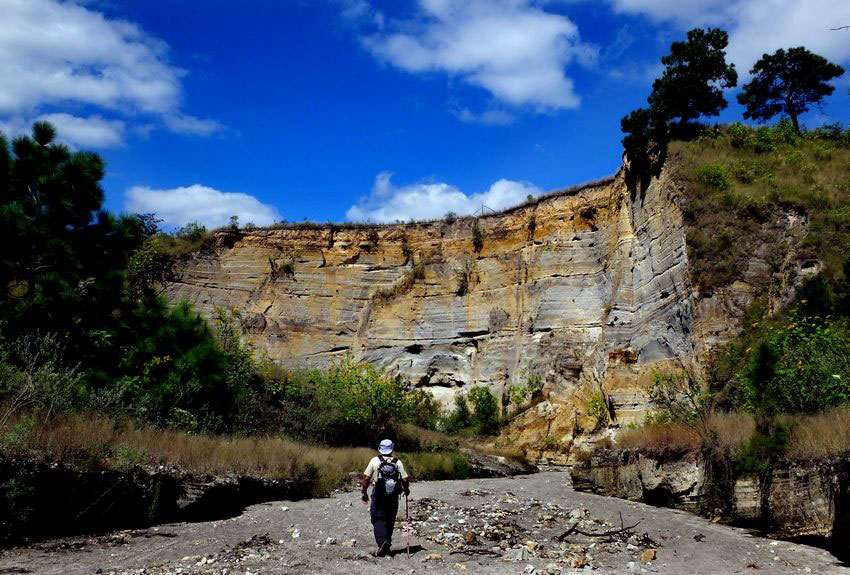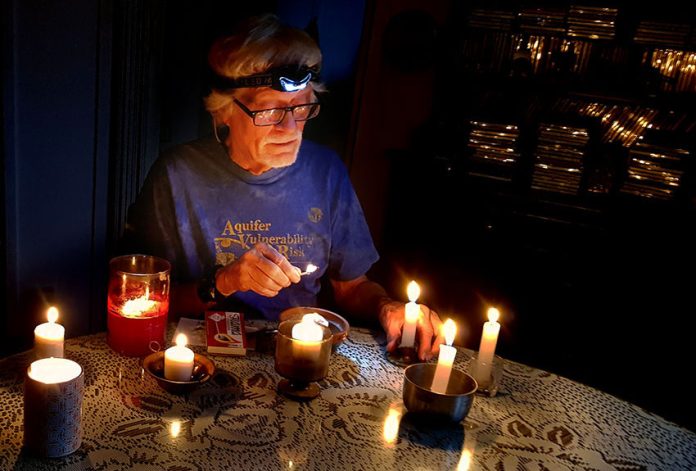I live in the rustic community of Pinar de la Venta, located eight kilometers west of the city of Guadalajara at the edge of the sprawling Primavera Forest.
In Mexico, electricity is usually referred to as luz (light) and, in fact, within days of moving into my new home, I realized I had a light problem: all the bulbs in the house kept burning out, sometimes within a week of screwing them into the socket.
Officially, Mexican luz is supposed to be 127 volts, a rather odd number which a cynic might say was chosen at some point in the past to make sure all electrical appliances smuggled into Mexico from the United States (and made for 110 volts) would quickly burn out.
Now 127 may represent the official voltage of Mexico, but my multimeter revealed that at my home I actually had around 135 volts. I say “around” because every time I measured it, I got a different number. Now, old-fashioned incandescent light bulbs used to burn out because of the jolt their filaments received when you switched on the light, so I solved our problem by installing dimmers in every room.
The result was beyond all expectation. Instead of burning out in a week, my bulbs would last much longer than the manufacturer would ever want them to. Some of them have blazoned brightly for as long as a decade and a few are definitely going to outlast me.

While excessive voltage presents a problem on some days, we are also treated to the opposite: brownouts. Of course I run for my multimeter: “What? 87 volts!” Well, that is just enough to heat up the motor in your fridge in a big way, but not quite enough to make it run properly. Better unplug it fast!
Believe it or not, a brownout is even worse than a blackout. Both, however, if they go on for more than 24 hours, will result in a fridge full of spoiled food. The Federal Electricity Commission (CFE) claims they will come and fix your power problem within four hours, but many a time it has taken them three days to show up and I wouldn’t know how to calculate how much food was thrown away on those occasions, here in my community.
Back to the wonderful dimmers that fixed my light bulb problem. These I naturally had to buy in the U.S., because at that time, in the 1980s, I couldn’t find them in Guadalajara. While on the north side of the border, I also bought a desktop computer, congratulating myself because in the U.S. I could get one for half the price I would pay in Mexico. It was, in fact, the very first computer I ever owned … but not for long.
Upon arrival at home in Pinar de la Venta, I plugged in my new desktop and turned it on.
A wisp of smoke floated out of the machine’s vents, carrying to my nose the unmistakable, acrid smell of burning electronics. I could hear a slight crackling as well.
My eyes popped. I jumped into the car and drove off to the nearby community of Rancho Contento where there was a public telephone that frequently worked.
I called a friend who knows all about computers and told him what happened.
“You — you plugged it straight into the wall socket?” he gasped.
When I said yes, my friend groaned.
“John, you have to have a voltage regulator and a surge protector … and you’ve got to buy a battery backup as well … and all of these things have to be properly grounded.”
Now it was my turn to groan.
However, I was learning how to deal with rural Mexico’s capricious current. I bought all the protective gear I would be needing and made inquiries about how to ground my system.

In a ferretería (hardware store) they sold me a long copper pole, half an inch wide, with a clamp at the top.
“Pound this into the earth,” they told me, “and you’re all set.”
I followed instructions and then tested my ground using the method I had learned as a radio amateur in high school. I put a 100-watt light bulb between the “hot” wire of my electrical system and my new ground.
The bulb did not light.
Eventually I learned the reason. My community sits not upon good old earth or dirt, but upon a thick deposit of volcanic ash and pumice, which was spewed out of the Primavera Caldera 94,000 years ago in a massive explosion. Underneath the homes in Pinar de la Venta you will find no earth, but plenty of what people here call jal, the jal of Jalisco, and jal is practically useless as a physical ground.
I solved the problem by digging a long, deep trench and filling it up with all sorts of metallic junk, all the pieces soldered one to the other and the whole shebang neatly buried.
Now my test bulb lit up brightly.
Having set up my full array of protective devices and measures designed to calm down and control rural Mexico’s wild and unpredictable “luz,” I drove back to the U.S. with my dead computer which, of course, was still under warranty.
I placed it on the counter. “This thing doesn’t seem to be working right,” I said.
The attendant took my computer into the back room. After a while I could hear snatches of a conversation:
“Holy mackerel, take a look at this!”
“The whole motherboard — I can’t believe it!”

The attendant returned.
“Er, sir … your computer has, ahem, some problems … it may take a couple hours before we have it ready.”
“No problema,” I said. “I’ll just go and do some shopping.”
Over the years I’ve learned how to protect electrical devices from bizarre fluctuations of voltage, but every year when the rainy season comes and we hear the rumble of thunder in the distance, my wife and I run for our horde of candles.
“In Pinar de la Venta,” a neighbor once said, “every time somebody breaks wind, the lights go out.”
We, however, are ready to deal with this. As cave explorers, we naturally have a vast collection of flashlights and headlamps at our disposal. Nevertheless, I have to admit that we would never be able to manage in rural Mexico without the good old wax candle, for which, I understand, we can thank the Romans.
But, of course, there is, literally, a bright side to it all: when the storm is over, every room in our little house is awash with romantic candlelight and outside all the street lamps are dark, leaving us with a gorgeous view of a big sky, brimming with stars.
The writer has lived near Guadalajara, Jalisco, for more than 30 years and is the author of A Guide to West Mexico’s Guachimontones and Surrounding Area and co-author of Outdoors in Western Mexico. More of his writing can be found on his website.
